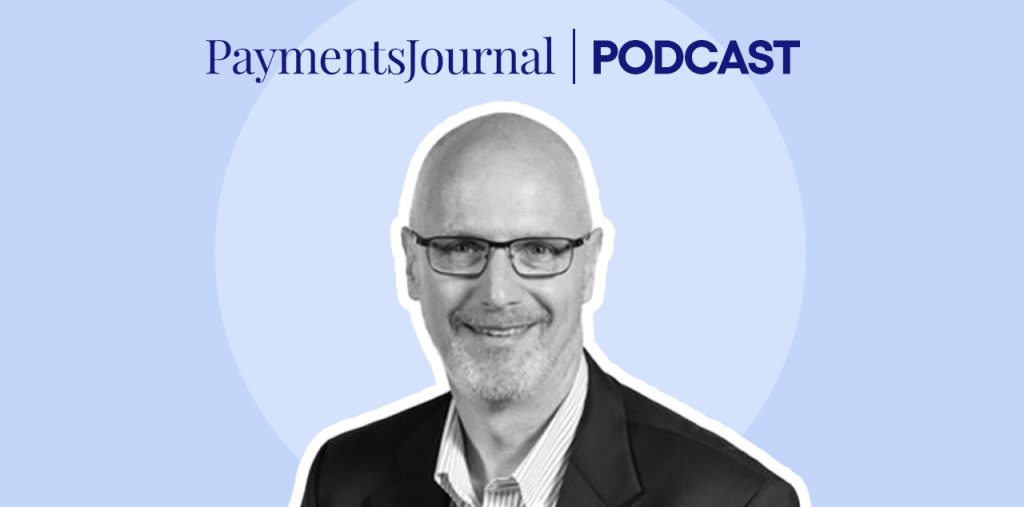With the rise of digital banking and online payments, the use of checks has undergone a massive shift. In 2021, the Federal Reserve processed 14.5 million checks per day, a dramatic drop from the daily 26.7 million daily it processed 10 years earlier.
The average dollar amount of checks went up during the same period—from $1,187 in 2011 to $2,395 in 2021.
With mail theft on the rise and more ways that fraudsters are modifying existing checks to display their names, checks are more vulnerable than ever to fraud even as their use declines.
During a recent PaymentsJournal podcast, Steve Bartels, Senior Director of Solutions Consulting at Q2, and Brian Riley, Co-Head of Payments at Javelin Strategy & Research, discussed how financial institutions must let their business clients know they are doing everything possible to protect them from fraud and address their needs.
What’s Driving Increased Check and ACH Fraud
Mail theft is on the rise, contributing to the surge in check fraud. Beyond the theft of checks directly from mailboxes, there have been instances of stolen mail trucks.
In some cases, the ease of modifying checks contributes to the rise in fraud. Many criminals are able to simply wash and modify the payee name on the check and alter it.
“In 2021, we saw a huge hockey stick growth in check fraud, and Q2’s Positive Pay system has about 600 banks across the country using Positive Pay,” Bartels said. “In 2021, we stopped and identified about $350 million in checking ACH fraud, and in 2022 it was more than double at $720 million. I looked at the first quarter numbers of this year, it was closer to $200 million in the first quarter. So we’re certainly still on that increasing track of fraud.”
Amid the increased check fraud—and with fewer checks being processed by the Federal Reserve—checks aren’t on their way out just yet.
“The death of the check is greatly exaggerated,” Riley said. “Checks will be around just like cash will be around for many years to come. And to show you how relevant it is, start looking at faster payments. Right now, clearances are starting to go in through so quickly on checks, whether they’re ACHs or physical checks. Certainly, that route comes into play, and that’s really one of the areas that attracts fraudsters. There’s lots going on in the space, and everybody’s looking at things like faster payments, but it’s those little nooks and crannies that really can be a risk area for people with financial institutions.”
The Benefits of Positive Pay Adoption
A 2023 AFP Payments Fraud Survey found that Positive Pay is the solution used by most organizations to protect against check and ACH fraud. Bartels believes many choose this solution because their customers are more intimately acquainted with check and ACH transactions. Essentially, they’re more likely to have insight into the checks they wrote and what ACH payments or debits should be posted to their accounts.
“One of the best ways to find fraud on your account is to reconcile your account every day,” Bartels said. “And one of the features that we have in our Positive Pay system is the ability for corporates to go through and do daily account reconciliation.
“Positive Pay systems take the financial institution’s back office out of the entire process. When you can push those decisions and that research down to the individual corporate or business entities, it’s a lot easier for banks and credit unions to let those folks do that again because they are much closer to their own payment activity.”
Fraud Management as a Revenue Generator
As many organizations tackle budget cuts, paying for another solution such as Positive Pay may not be an option. But taking it on now may help businesses in the long term.
The way Bartels explains it to his credit union and banking customers is that instead of thinking of Positive Pay as an expense center, they should see it as a revenue generator and a way to increase customer awareness and build brand loyalty.
“Financial institutions are actually requiring their business clients to adopt Positive Pay, especially if they’ve had fraud on their account,” Bartels said. “And if they don’t want to do that, then to sign a waiver that in fact a fraud does occur, that the bank’s not going to be held responsible for it.”
Said Riley: “It’s more than just money here, too. When you get into where the Federal Reserve looks at for safety and soundness in general, there’s seven characteristics, and one of them is reputational risk, and you don’t want to be out on a perch by yourself and having to contend with those problems.”
Conclusion
Despite the declining use of checks over the past decade, they are still an important form of payment for businesses and consumers. With the increased prevalence of check and ACH fraud, it is more important than ever that financial institutions implement solutions such as Positive Pay to protect and mitigate against fraud. Riley reiterated that checks are not going anywhere, but they do need attention and tools that are current to be able to address the challenges of the current payment landscape.
Learn more about using fraud management as a revenue generator and competitive differentiator.
